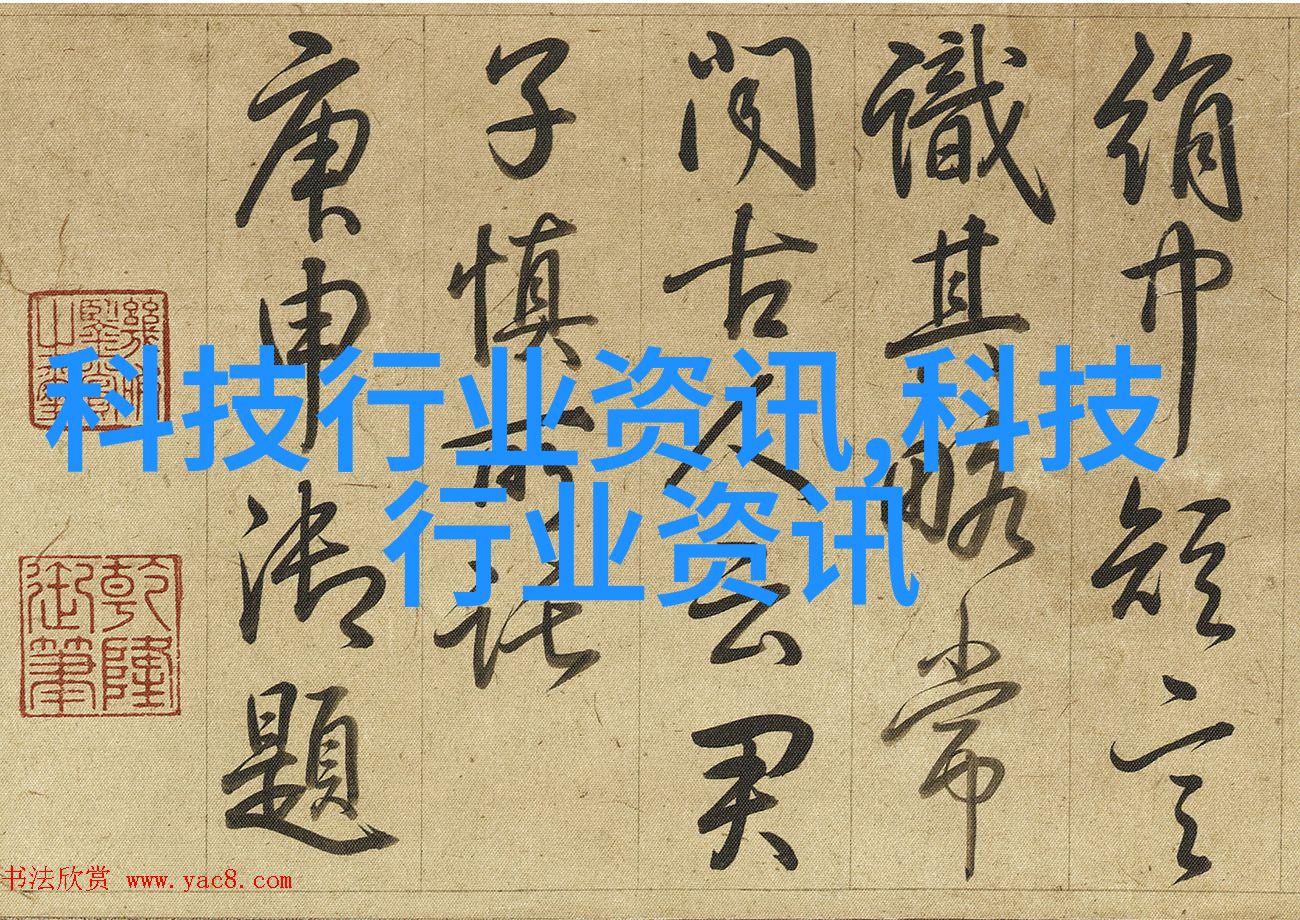pe100级聚乙烯管材在极端温度下的稳定性怎么样
在设计和使用管道系统时,一个关键因素是材料的耐久性。特别是在处理高温或低温环境中的管道,要求对材料的性能有更深入的了解。pe100级聚乙烯管材作为一种高性能塑料管材,其耐用性和抗拉强度使其成为许多工程项目中不可或缺的一部分。但是,它如何在极端温度下表现呢?这篇文章将探讨pe100级聚乙烯管材在不同温度条件下的稳定性,并分析其适用范围。

首先,让我们来理解什么是pe100级聚乙烯管材。这是一种具有优异物理机械性能、高韧性的PE(聚乙烯)材料,其特点包括高抗拉强度、良好的阻水性能、较好的化工品耐受能力以及较长的使用寿命等。这些特点使得它广泛应用于输送油气、水及各种化学品等多种场合。
接下来,我们要考虑的是extreme temperature conditions,即极端温度。在这种情况下,物质会表现出不同的行为,这直接影响到它们的结构和功能。对于任何类型的塑料来说,包括pe100级聚乙烯管材,在非常低或非常高的温度下,都可能发生变化,如变形、脆化甚至分解。

研究表明,当temperatures drop below -20°C (-4°F) or rise above 60°C (140°F) 时,PE pipe materials may experience significant changes in their mechanical properties. At these temperatures, the polymer chains can begin to break down, leading to a loss of strength and flexibility. This is particularly concerning for applications where the pipes are subject to constant exposure to extreme temperatures.
However, it's important to note that not all PE pipe materials are created equal. The performance of pe100-level material at extreme temperatures is significantly better than lower-grade materials due to its higher molecular weight and superior processing techniques.

One way that manufacturers ensure the stability of pe100-level material under extreme temperature conditions is by using advanced manufacturing processes such as extrusion and cross-linking. These processes create a stronger molecular structure that can withstand the stresses caused by fluctuating temperatures.
In addition, some manufacturers use specialized additives or fillers in their formulations which help improve the thermal resistance of PE pipe materials. These additives enhance the material's ability to maintain its shape and integrity even when exposed to high or low temperatures.

Despite these advancements, it's crucial for engineers and designers working on projects involving high-temperature environments or freezing conditions take into account specific factors related with PE piping systems. For instance, they should consider heat expansion coefficients (α), coefficient of thermal expansion (CTE), melting point range etc., which affect how much a given length will increase when heated up from one end while being held at room temperature at both ends; this could lead either an overestimation if α is underestimated resulting in insufficient allowance made for expansion but causing excessive stress on joints/connections otherwise
Furthermore designing against corrosion must also be considered since certain chemical reactions occur more rapidly near extremities like those experienced during freeze-thaw cycles in cold climates

As we've seen so far, pe100-level polyethylene pipes demonstrate remarkable resilience under various environmental conditions including extremely low & high temperatures through innovative production methods combined with strategic additive incorporation However understanding limitations such as thermal expansion allows engineers make informed decisions regarding design parameters ensuring optimal system performance
In conclusion while selecting appropriate plastic piping solutions it becomes essential taking into consideration multiple aspects including durability reliability ease maintenance cost-effectiveness adaptability across different settings When considering employing pe 10 0 level polyethylene pipes ,their capacity withstand harsh climate condition make them suitable choice among many options available today Despite challenges posed by extremes there exists potential improvements through cutting-edge technologies along with well-informed design practices thus enhancing overall functionality efficiency